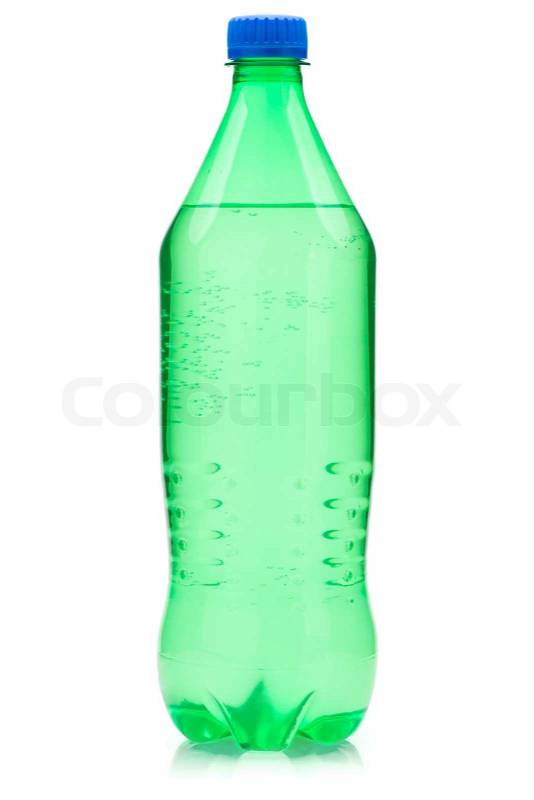
After my
first attempt at a "VM-IPA", I decided that I wanted more of a red color to the beer; after all, VMI's nickname is "Big Red". I wanted to get a red color, as well as really pushing up the hops.
Note: I changed the name of this one on 2 Nov. See below.
I looked to a couple of other recipes to see what it would take to make a red, or more reddish ale. I found a couple that might work, such as
this one, and
this one. I also figure that if I get close to the color I want, I can also tweak it just a bit more with some steeping grains, getting color without much in the way of modifying the flavor.
Brew Day: 13 Oct
Partial Mash (following usual method):
5 oz 2-row
2 oz Caramel 60L
1 oz CaraPils
4 oz GoldPils Vienna Malt
4 oz CaraRed
2 g English black malt
The wort from the partial mash came out a bit more brown than I wanted, and I'm hoping that the end product will have more red in it than brown.
Boil (60 min)
1.25 lb Golden LME (@ 60 min)
4 oz corn sugar (@ 60 min)
 |
| 12 hrs after racking |
Hops
7 g FFC7 (@ 60 min)
4 g Mosaic (12.8%) + 4 g Amarillo + 2 g Simcoe (@ 15 min, muslin bag)
4 g Mosaic (12.8%) + 4 g Amarillo + 4 g Simcoe (@ 5 min, muslin bag)
Yeast: Safale US-05
Addendum, 14 Oct: You can't tell from the picture to the right, but the beer is bubbling away nicely, at about 12 hrs after being racked to the fermenter. It's not all krausen-y, but there is some very good activity.
Addendum, 15 Oct: Checked on the fermenter this morning; still has some nice, moderate activity (could hear the bubbling from the door...), and some krausen-y material has moved in to the blow-off tube and bottle. Things seem to be progressing nicely at this point.
Addendum, 19 Oct: Switched out the blow-off tube for an airlock today; after 20 min, the airlock cap wasn't floating. I opted to pitch the remaining
JY-027 yeast left over from the
tripel I brewed on Friday. As it took a bit for activity to start, I'll see how this one goes. The JY-027 is described as a slow-starting, slow-going yeast, so if there was any viable yeast remaining in the pitch, I may have to let this one sit in the fermenter for a bit longer. Still, if things do go well, it will be interesting...so, here's hoping!
Addendum, 20 Oct: Checked on the beer this morning, have proof of life! The airlock cap is floating! Incidentally, the tripel is still using a blow-off tube as the yeast is still pretty active. Maybe that's something I can look forward to with this one.
Addendum, 2 Nov: I decided to rename this one, for a couple of reasons. First, it doesn't have the red color I was hoping for, and second, I had to "rescue" the fermentation with the Belgian yeast I had left over from a tripel. When I described what I'd done to the proprietor of Kettle and Grains, he remarked that it should be "interesting"...and I agreed. So, between the brown color, the Belgian yeast, and the hops, I ended up with a "one-off" beer. As to the name, one day I was joking around with one of my college roommates (he went Navy...) and had the idea to name a beer "LCpl's Tears". We thought it was funny, and I later looked it up online and found
this Terminal Lance cartoon. The Belgian yeast has been doing it's thing for 2 weeks now, and I feel like I need to wait a bit longer...at least a week to 10 days...before dry hopping this one.
Addendum, 7 Nov: I was going to dry hop this beer on Monday, but it's going to be a pretty busy day for me, so I went ahead and dry hopped it today.
Dry hop
4 g Mosaic + 4 g Cascade + 6 g Amarillo + 3 g Simcoe (muslin bag)
Addendum, 12 Nov: Bottled the beer tonight, with 1 oz table sugar dissolved in 1/2 cup boiling water as the priming sugar.
Addendum, 24 Nov: Taste test. Pours a golden red-brown color, with good carbonation and a nice white head. The head doesn't persist, and there is some mild lacing. Mild fruit aroma in the nose, finishes with a bit of grapefruit, and just a bit of alcohol warmth. Light bodied, not heavy at all, and easy to drink. This one kind of tastes like it has grapefruit or grapefruit zest in it, finishing with a citrus bitterness reminiscent of grapefruit.
Addendum, 2 Jun 2016: Finished off the bomber of this tonight with friends, got three nice glasses out of it. The beer poured with a very thick head, which settled down pretty quickly, and left some nice lacing on the glass. The beer itself was brown in color, and crystal clear, a bit malt-forward with a nice bite from the hops. Overall, a very good brew; one of the folks trying it had never had one of my beers, and immediately liked it.


























